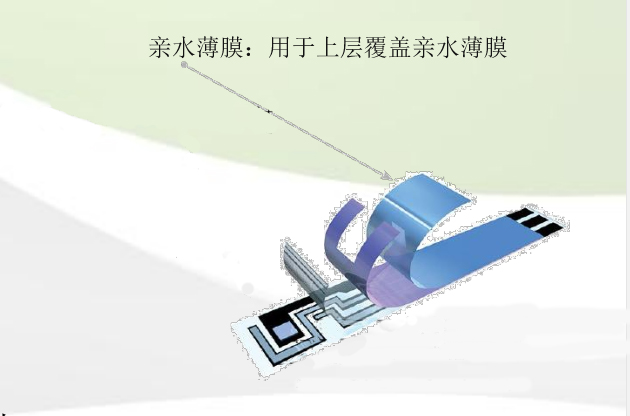The hydrophilicity of photocatalytic films and the activity of photocatalytic decomposition of organic pollutants were mutually promoted. When organic pollutants are adsorbed on the surface of the material, the surface hydrophilicity decreases, while the photocatalytic process can decompose organic pollutants. Water droplets are easy to spread to the clean surface, making the surface of the material return to the hydrophilic state.

Hydrophilic film
When the material is hydrophilic, its surface is easy to absorb water molecules and form hydroxyl radicals under the action of light, which is beneficial to the photocatalytic process. Anheden et al. (1996) conducted an in-depth study on the photocatalytic performance of TiO2 and other semiconductor materials. The mechanism was that the materials would produce E - and H + after light irradiation, and the photoinduced E - and oxygen molecules (O2) would interact to produce superoxide radical (·O2-). Photoinduced H + interacts with water to produce hydroxyl radical (·OH), and finally these two kinds of free radicals interact with pollutants to decompose it. In the process